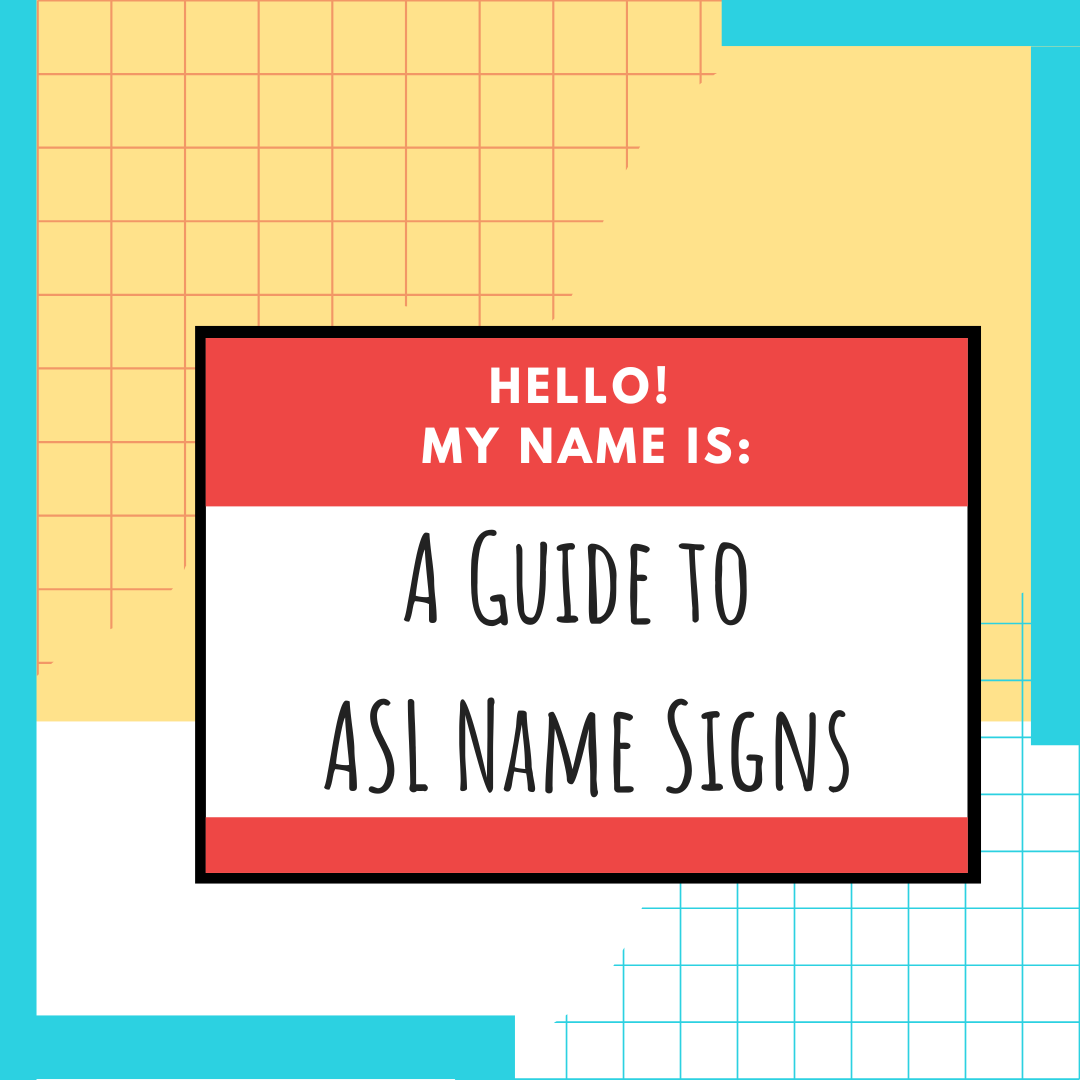
Deaf Classroom Design
- by Michelle Jay
by Michelle Waldo | August 28, 2018
When I was in college I spent a semester interning at Deaf & Hard of Hearing Services (D&HHS) in Grand Rapids, MI. One morning during my internship hours, a teacher (or paraprofessional?) walked into the agency with a student who appeared to be around middle school/early high school aged. The teacher appeared frazzled and a little exasperated, the student was frustrated and angry. Frustrated, the student began signing furiously, making his case and expressing his frustrations. The teacher stared blankly as the student interacted with the receptionist. In English, the teacher began to inquire about any help D&HHS could offer them, explaining they had requested an interpreter for the accompanying student, but for whatever reason the school wouldn’t (couldn’t?) provide one, leaving the student lost and confused in the classroom all day.
As the teacher and receptionist continued to talk, the student peaked his head around the corner to the general meeting room, which was set up with tables in a “U” shape, the open end at the front of the room, and chairs placed only around the outer edge. Turning back to us, exasperated, the student declared (in sign) that THIS was how a deaf classroom should be set up, not in rows where you can’t see everyone.
D/deaf students have unique educational needs which differ from that of hearing students. If you walk into a classroom designed for DHH students, you will see a setup similar to the one the student saw that day at D&HHS. Even college ASL classes will rearrange their desks and tables in order to see each other and the professor all at the same time. This enables students to rely on visual cues and body language, as well as sign, during class time. Visual learning in this way utilizes the senses in such different ways that it becomes necessary to create an environment conducive to this style of learning. Unfortunately, however, this is a reality which seems to be considered common knowledge among the Deaf community, making it difficult to research (not unlike many other cultural norms relating to Deaf culture).
When searching for information regarding Deaf classroom setup, I primarily found ways to adapt and accommodate hearing classrooms to try to make it easier for Deaf and hard-of-hearing students. Some of these accommodations include things like seating arrangements (DHH toward the front), lighting (too bright can cause glare, too dark and they can’t understand), and background noise (which can interfere with hearing assistive technologies) (Guardino, 2018). Other things to consider included the presence of a qualified interpreter, social opportunities with other signing peers, and teachers being able to use even a little bit of sign (Esera, 2008). While all these (and more) are good and helpful things to consider, Deaf Education Worldwide still recommended that classrooms for Deaf students be set up in a semicircle facing the presenter/screen so that all students can see each other, understand when anyone is speaking, and read the nonverbal cues of their peers throughout the day. The student I met that day was right—Deaf students should have access to Deaf setup for school, because it engages their learning in ways we (as hearing adults) take for granted every day.
Resources:
Deaf Education Worldwide. Classroom design. Deaf Education Worldwide. Retrieved from: https://deafeducationworldwide.weebly.com/classroom-design.html.
Esera, T. (2008). An insight into the educational needs of deaf high school students. Kairaranga (9)(2). Retrieved from: https://files.eric.ed.gov/fulltext/EJ914629.pdf.
Guardino, C. (2018). Organizing classrooms for deaf and hard-of-hearing learners. Raising and Educating Deaf Children. Oxford University Press. Retrieved from: https://www.raisingandeducatingdeafchildren.org/2018/04/02/organizing-classrooms-for-deaf-and-hard-of-hearing-learners/.
Martin, M., Williams, M., Gassen, M. Classroom accommodations for students who are deaf or hard-of-hearing. University of South Dakota. Retrieved from: file:///C:/Users/Michelle/Downloads/Martin-Williams-Gassen.pdf.
St. Joseph’s University. Modern teaching techniques for deaf and hard of hearing students. Saint Joseph’s University Online. Retrieved from: https://online.sju.edu/graduate/masters-special-education/resources/articles/modern-teaching-techniques-for-deaf-students
Start Learning ASL Today!
 Ready to start learning real American Sign Language and not just basic signs? Do you want to be a part of the vibrant Deaf community? Check out our Free ASL 1 Course or our Complete 4-Level ASL Course options and start learning ASL today!
Ready to start learning real American Sign Language and not just basic signs? Do you want to be a part of the vibrant Deaf community? Check out our Free ASL 1 Course or our Complete 4-Level ASL Course options and start learning ASL today!








